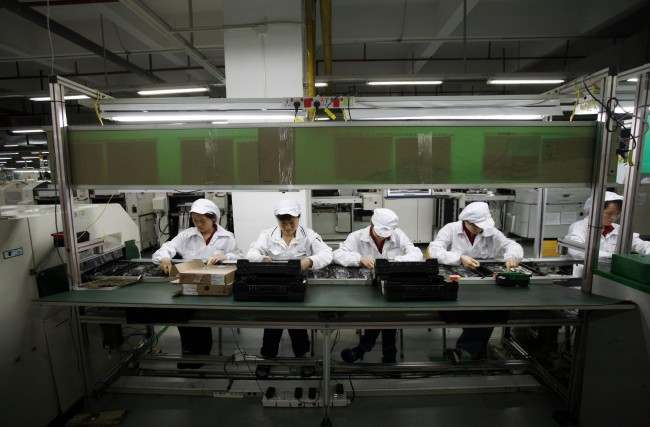The Global iPhone 5 Price Index
THIS is a nice little piece of research showing the variation in price of the iPhone all over the world. You can set it to tell you the absolute price in any country and see the impact of taxes etc on an iPhone 5s. Or you can mix and match it with how rich the country is and so see what percentage of the average salary it is.
To do that second piece they look at GDP per capita (ie, the average amount of production in the country) adjusted for PPP. So, for example, the iPhone 5s is 9.55% of the average production in China and 1.4% of that in the US.
Another way of putting this (not exactly, because GDP is not quite the same as income) is that an American must work for 1.4% of the year to buy an iPhone while your average Chinese bloke will have to do so for nearly 10% of the year. Or, if you like your numbers very rough and ready, 2 to 3 days work for the American and nearly a month for the Chinese.
Reporting on this The Guardian makes a little error though (well, of course they do, being lefties they’re not going to get their economics right, are they?):
By measuring the price of an iPhone in “purchasing power parity” (PPP) terms, one can compare the value of the goods that can be purchased – which should be a more accurate measure of the proportion of people’s disposable income they would have to spend to buy an Apple phone.
In that sense, it resembles The Economist’s Big Mac Index, which uses PPP to compare the prices of the McDonald’s burger in different countries to point to disparities in pricing and exchange rates.
No, no, no, no, no. The Big Mac Index is an alternative method of measuring PPP, it doesn’t use it. For a Big Mac is pretty much always made with local ingredients that are priced at whatever those local ingredients are in that local market. So, it’s a way of measuring what the local prices are: which is what we’re trying to do with PPP calculations. An iPhone, by contrast, is a traded good, and is thus entirely useless in trying to calculate PPP because it’s price doesn’t not dfepend at all upon the local price level.
It’s still an interesting little piece of work, the original that is, not the bit in The Guardian.
Posted: 5th, December 2013 | In: Money, Technology, The Consumer Comment | TrackBack | Permalink



